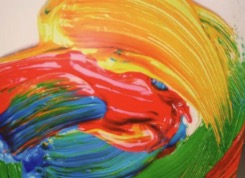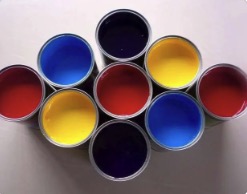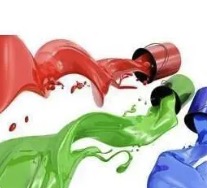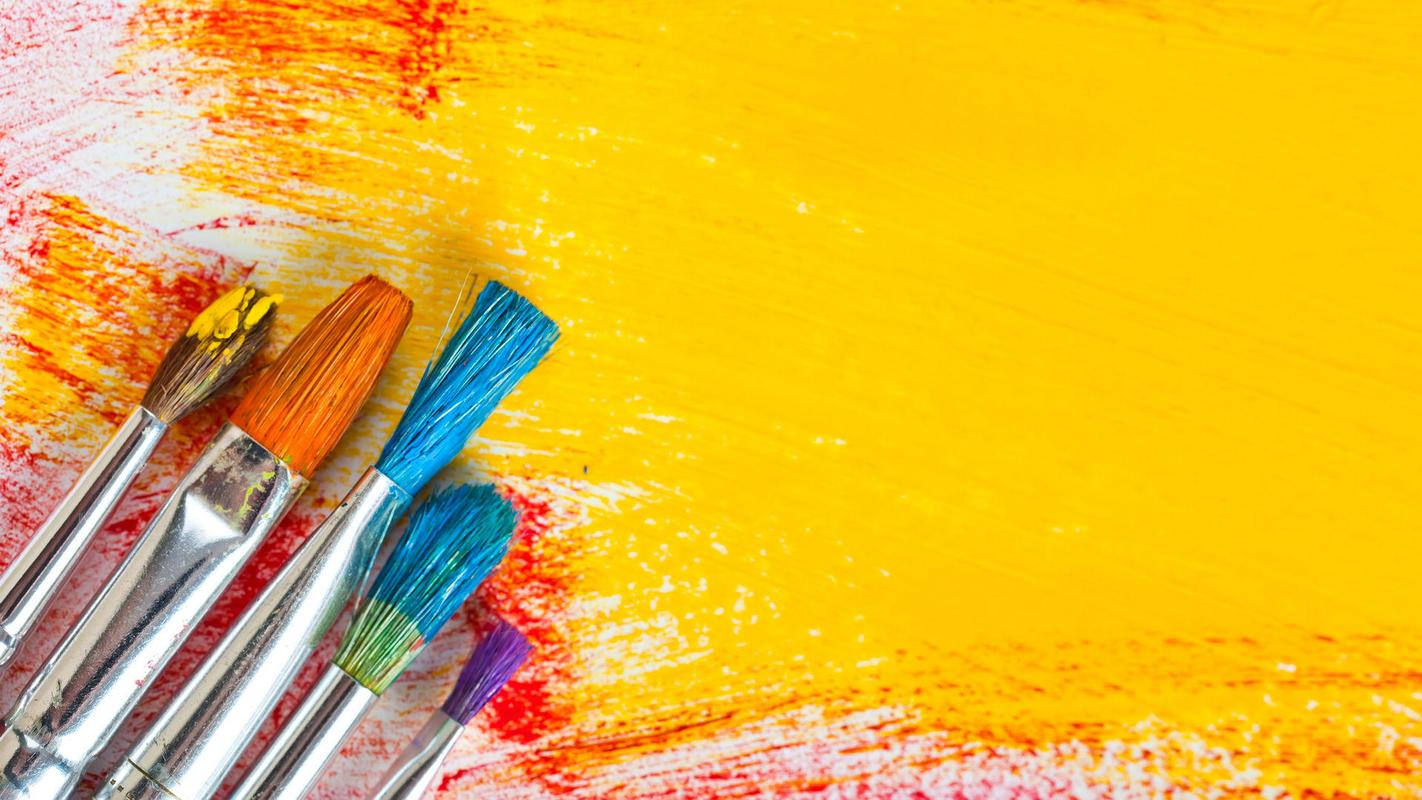Color paste, as the name implies, is a kind of pigment concentrate, which is developed by using different pigments through strict processing technology through surface treatment and surface wrapping of pigments. Color paste is generally composed of the following components: pigment powder, dispersing medium (water or other solvents), dispersing and wetting auxiliary, other auxiliary, etc.
As an important part of coatings, color paste is closely related to the development of coatings. With the wide application of color paste, its dosage is also increasing, and there are greater requirements for its production. So, what are the points that need special attention in the color paste production process?
One is the reaction temperature. In the production process, the reaction temperature generally needs to reach about 170 °C, and after the production is completed, when carboxylic acid is added in the blending process, it needs to be cooled to below 60 °C, the temperature span is large, the energy consumption is very large, and it consumes time and greatly. Reduced production efficiency. Second: defoaming.
Colorants are further divided into water-based colorants, oil-based colorants and water-oil general colorants. Among them, water-based colorants are particularly widely used due to their environmental protection, but the high surface tension of water leads to the formation of bubbles, so the defoamer is required to have a very strong defoaming performance. The final production process needs to be improved. In the production process of color paste, it needs to go through processes such as dispersion, grinding and filtration. However, the traditional color paste production process is mostly discontinuous operation, the production cycle is long, and it is difficult to control product quality, so it is difficult to adapt to the color paste market. Rapidly growing demand for high-performance products.

When the color paste is added to the paint, the color floats on the surface. It may be that the surface tension difference between the color paste and the paint is too large, the compatibility between the color paste and the paint is not good, and the hydrophilic and lipophilic balance values between the color paste and the paint do not match. There are three reasons; when there are obvious roller marks in the paint roller coating, it may be due to uneven thickness during the brushing operation; there is no wet bonding in the construction; compatibility problems; insufficient amount of additives in the paint; amount of emulsion in the paint Insufficient; not caused by the completion of one construction.
















